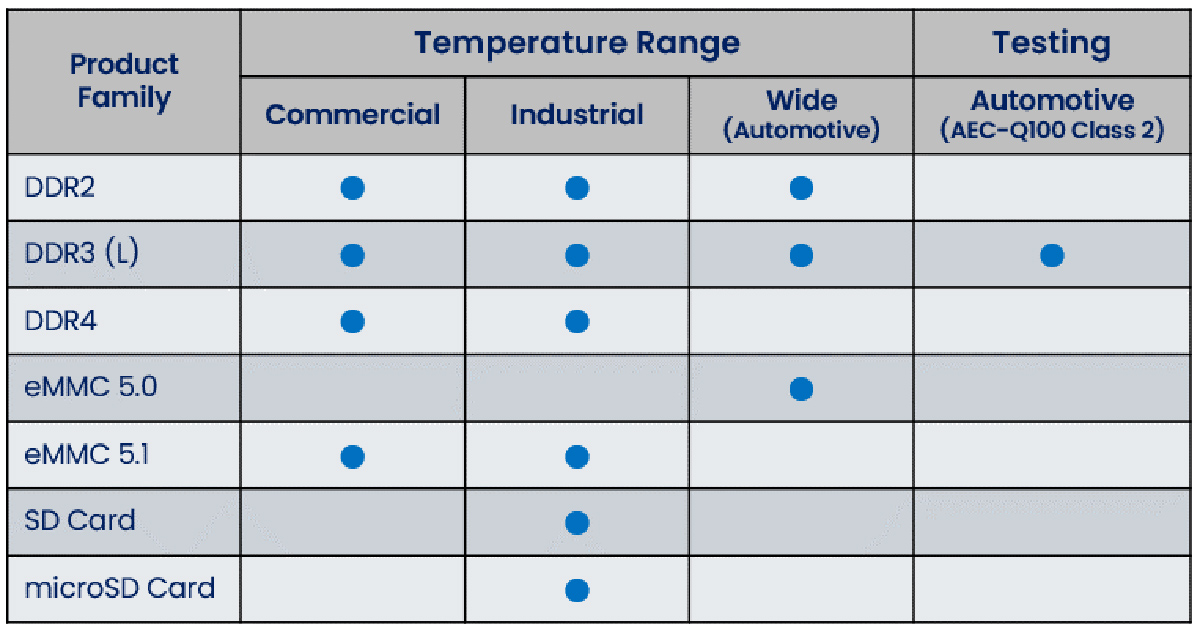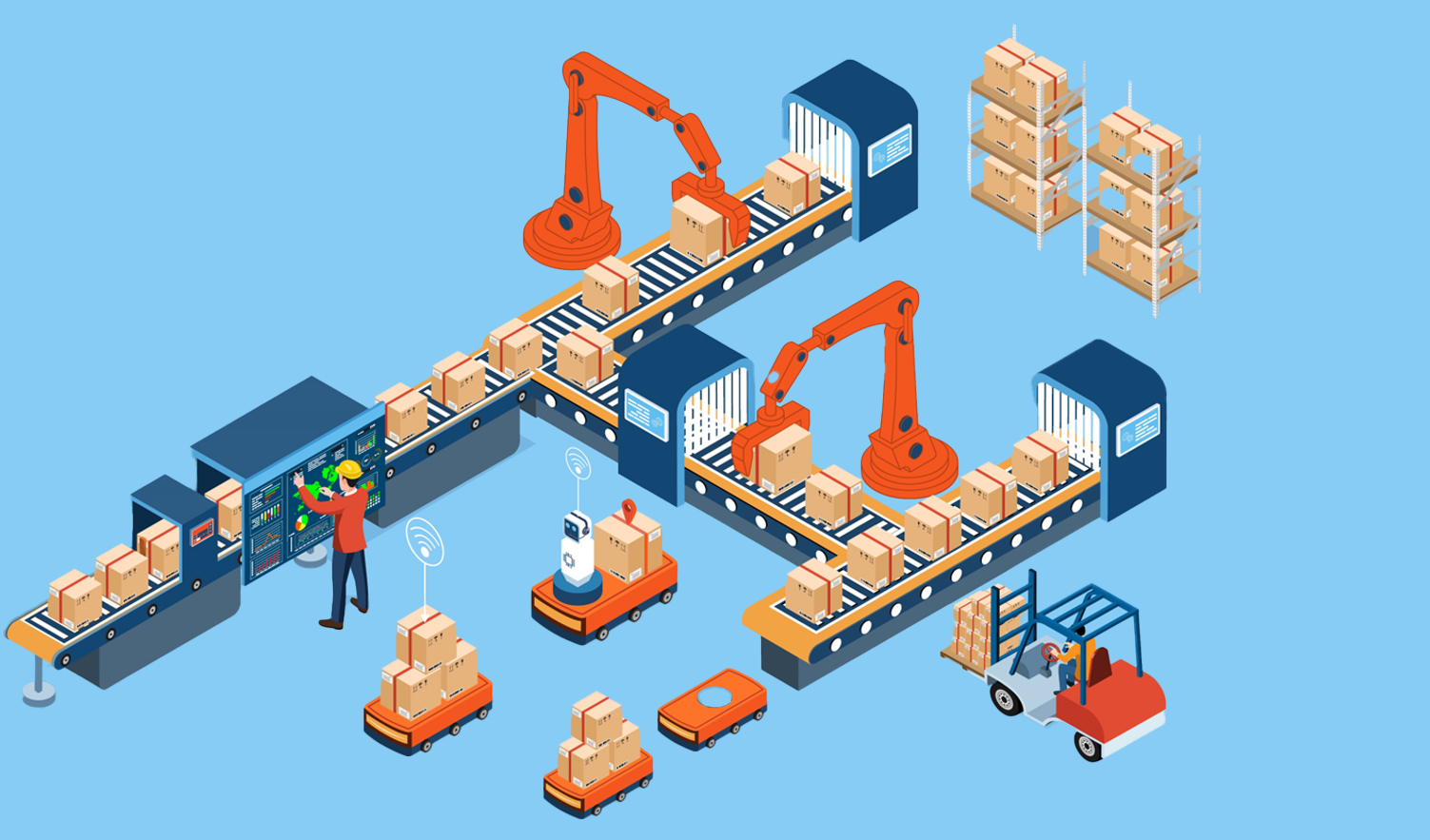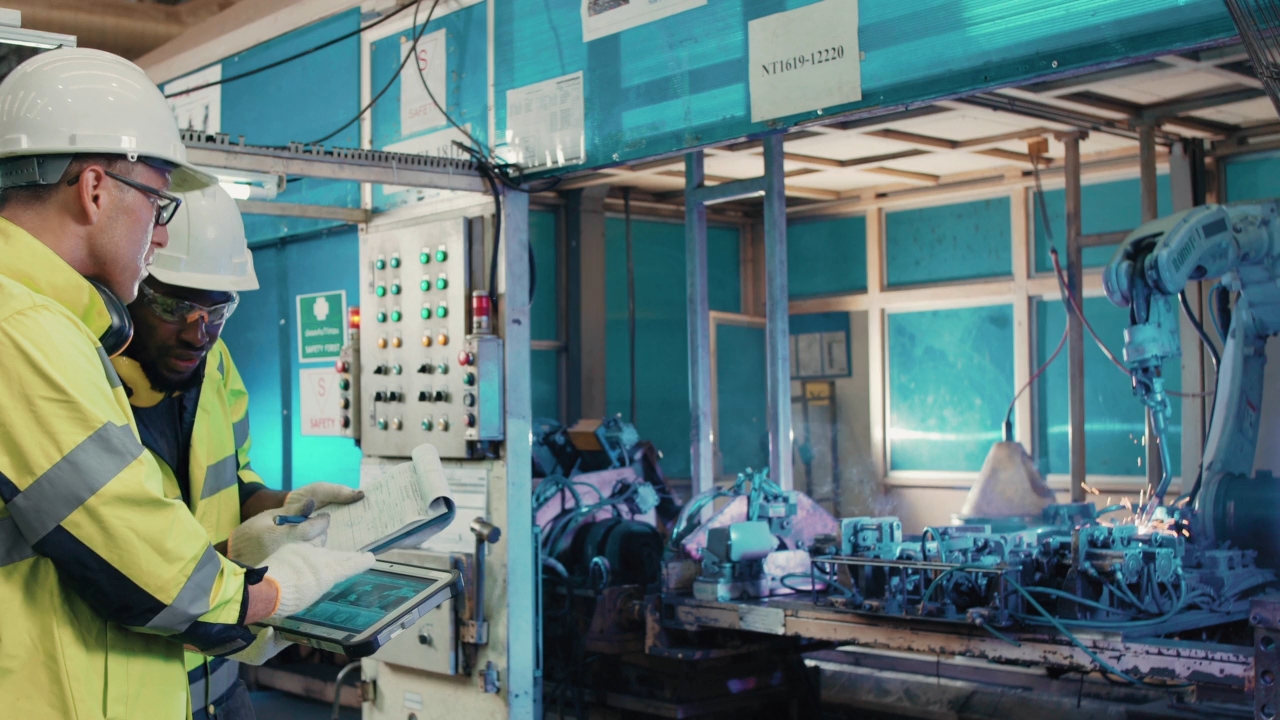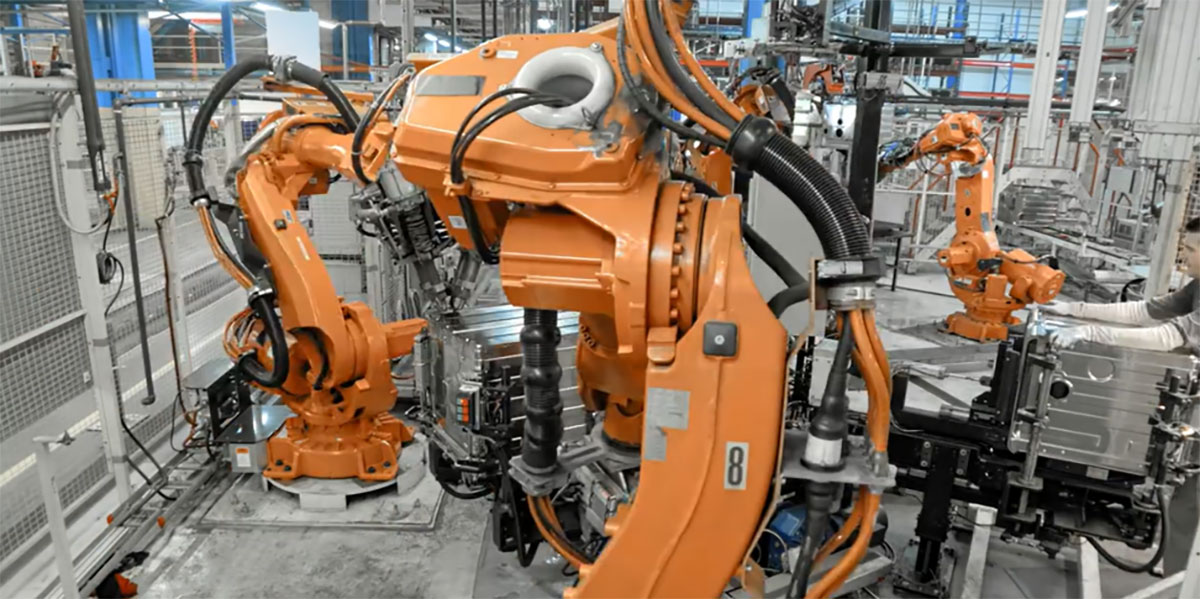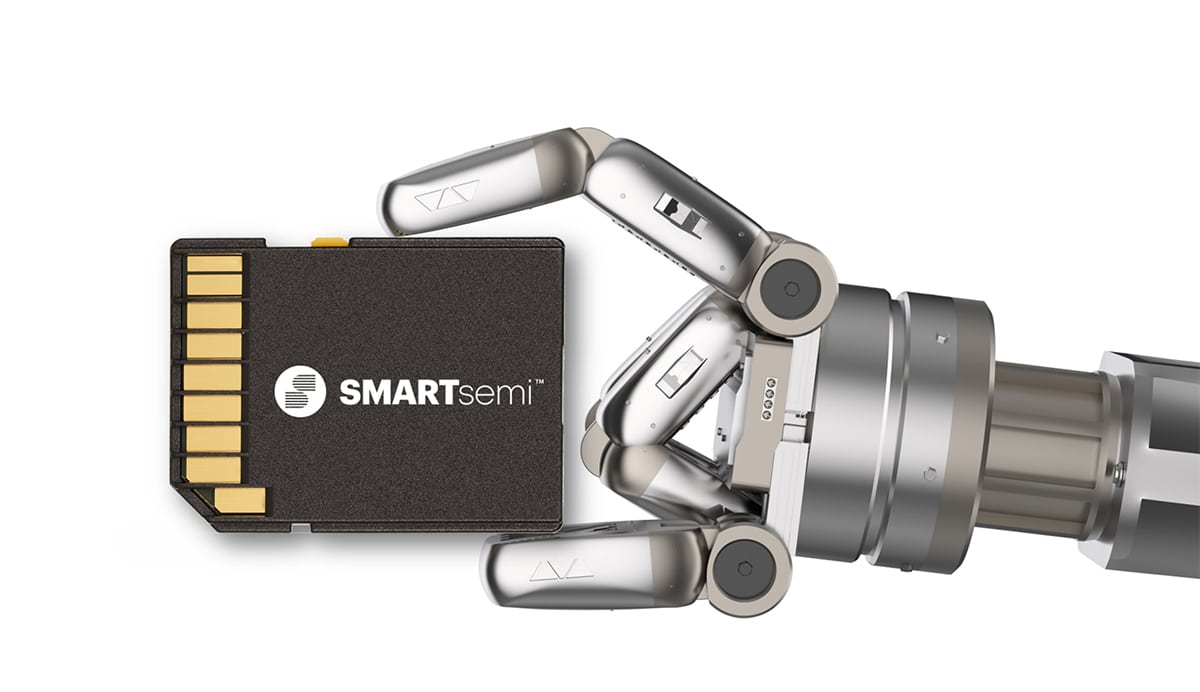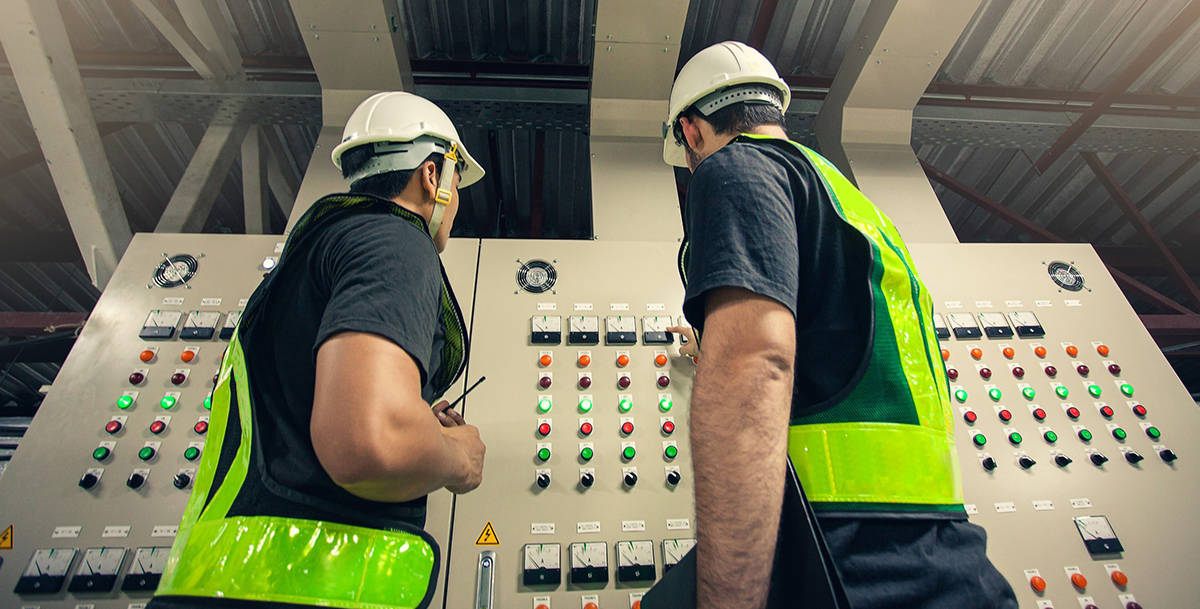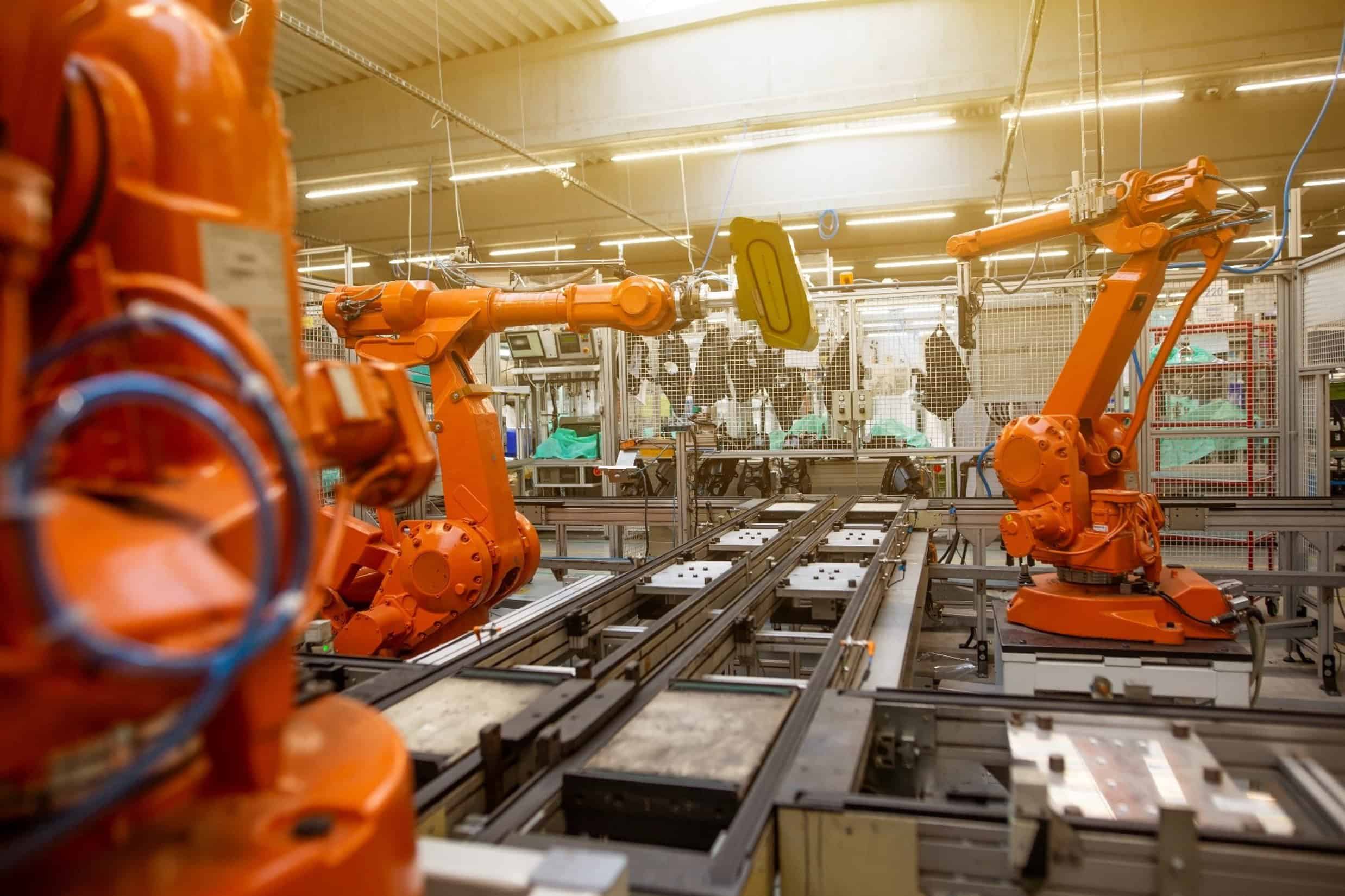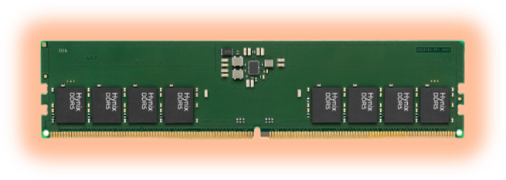

Memory components and cards are at the heart of every industrial robot, whether in the controller or sensors and used for data logging.
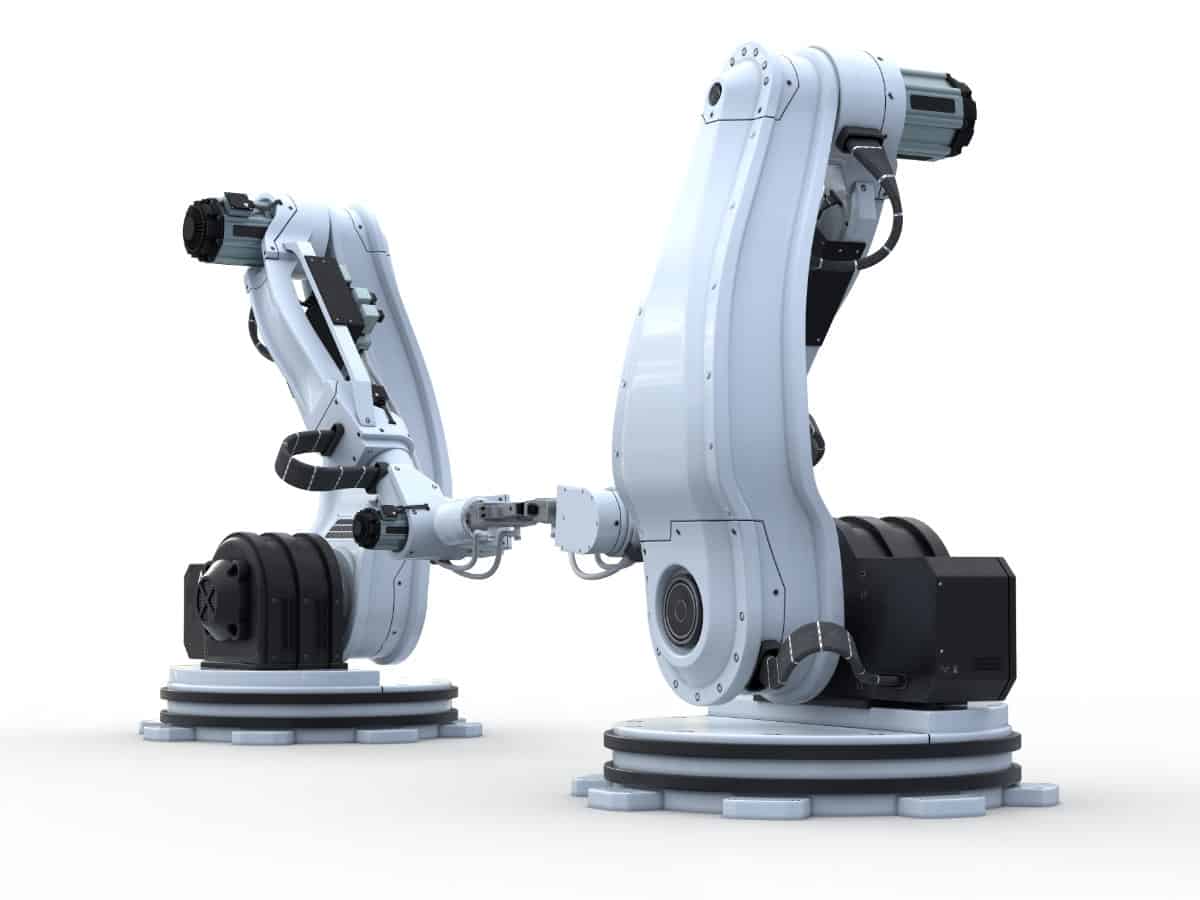
DRAM is used in a combination of smart sensors and industrial equipment now at the core vision of Industry 4.0, intended to increase productivity, improve reliability, and lower operating costs. Robots use integrated memory to support intelligence, capabilities, and flexibility.
FLASH memory is used for data logging at the edge at each individual motor (as much as 16Mb per motor), critical to factory uptime and to resume work quickly in the event of a power loss. It also enables safety functionality to move to the motor, eliminating the latency of round-trip controller communications.
SMARTsemi industrial-grade SD and microSD Cards delivery high-performance, rugged removable memory to expand storage capacity or archive data, video, and images.
